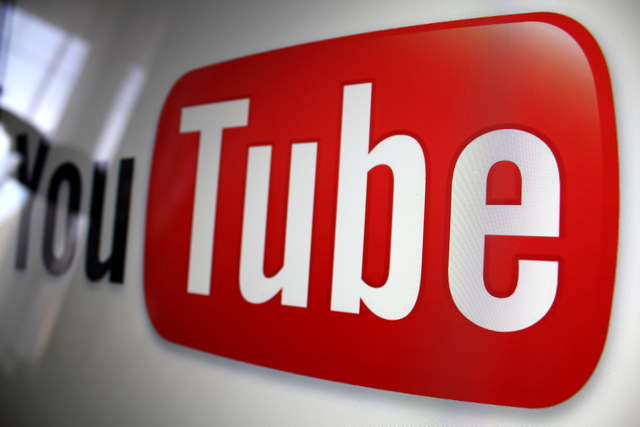As the $7.7 billion U.S. music industry has moved from CDs to streaming, the top venue has become — not Spotify or Pandora — but YouTube, which is responsible for 25 percent of all music streamed. But that’s a problem since accessing music on YouTube is free, and music labels are increasingly unhappy that the platform pays less for songs than other streaming sites, calling it a threat to the music industry. The music industry has begun taking its concerns to regulators, not just in the U.S., but around the world.
The Mercury News reports that, “YouTube pays an estimated $1 per 1,000 plays on average, while Spotify and Apple Music pay a rate closer to $7.” The music industry claims it is because YouTube is “mostly shielded by federal law from being responsible for what users post on the site,” but YouTube stresses that its platform benefits musicians as a site to promote their work.
Although Recording Industry Association of America president Mitch Glazier said that, “YouTube is starting to panic a little bit,” YouTube global head of music Lyor Cohen, “referring to Spotify, Apple Music and Amazon Prime Music,” retorted that, “the industry should be really, really careful because they could close their eyes and wake up with their revenue really concentrated in two, three sources.”
The first ruling from regulators is expected to take place later this year, from the European Union, which will issue new rules “for how services such as YouTube handle music, potentially upending some of the copyright protections that undergird the Internet.”
The EU acknowledges the so-called value gap between the tiny amount paid in song royalties and “what user-upload services such as YouTube earn from selling ads while playing music,” with “YouTube [being] by far the largest user-upload site.” The EU has stated that copyright holders should be “properly remunerated.”
YouTube however, doesn’t agree with the idea of a value gap, sponsoring an economic study that showed, “if YouTube stopped playing music, 85 percent of users would flock to services that offered lower or no royalties.” Meanwhile, an independent consulting group conducted another study that concluded the value gap was “more than $650 million in the United States alone.”


No Comments Yet
You can be the first to comment!
Sorry, comments for this entry are closed at this time.